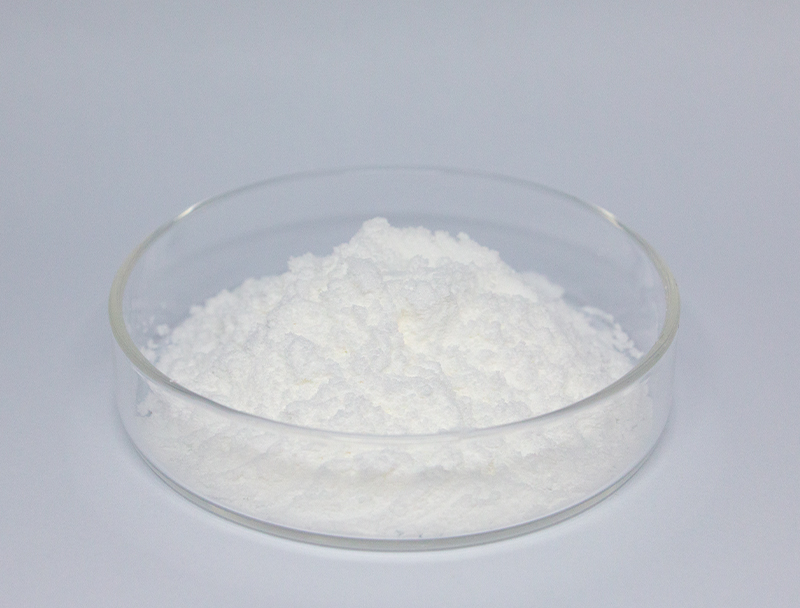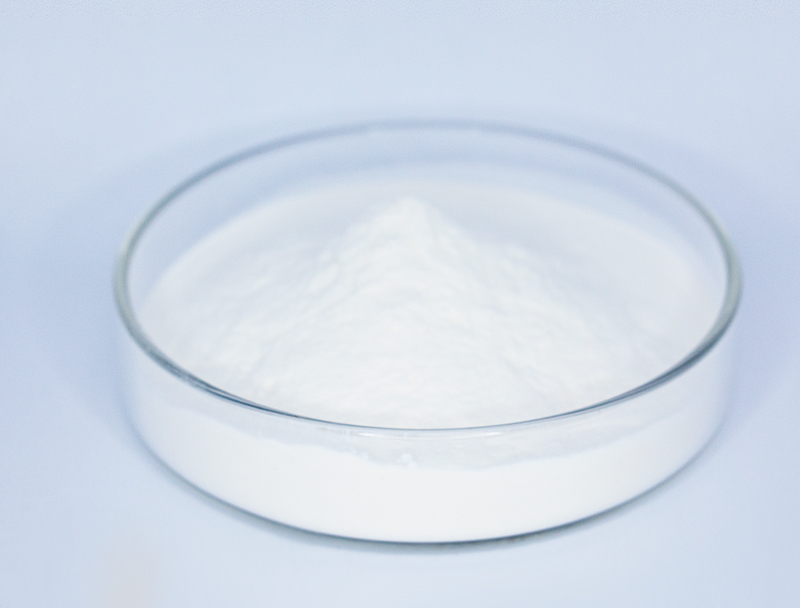
Bioprocessing depends strongly on a broad palette of primary inputs to manufacture advanced biological products.
Ensuring the sustainable sourcing of these resources is critical to longevity and principled development in the sector.
a range of complications linked to historic procurement practices for example habitat harm and overextraction of resources. Therefore, biomanufacturing companies must actively seek out alternative sourcing strategies to minimize their ecological footprint.
- Models of sustainable material sourcing include:
- Employing waste-stream inputs from industry leftovers
- Implementing closed-loop systems to minimize waste and maximize resource efficiency
- Teaming up with provincial partners who practice sustainable procurement
Such a move to ethical procurement delivers ecological gains and commercial returns over time.
Maximizing Feedstock Quality for Increased Biofuel Output
Enhancing biofuel output is grounded in superior feedstock characteristics. Experts maintain efforts to discover ways to maximize feedstock value, resulting in superior production volumes and sustainable energy gains. Efforts pair genetic enhancement for feedstock abundance with advanced pretreatment to produce usable sugars.
- In addition, projects pursue feedstocks like algae, waste fractions, and harvested residues to enlarge the selection of eco-friendly biomass for bioenergy.
- Because of continual endeavors biofuel technology is set to attain meaningful progress that supports renewable energy growth.

Optimizing Early-Stage Biomanufacturing Processes
spans early manufacturing steps including propagation and cell separation Recent progress has advanced techniques that maximize productivity and increase output.
Key advancements include the utilization of novel cell lines, optimized culture media formulations, and intelligent bioreactor designs. These refinements escalate production and lower expenses and environmental strain.
- Likewise, the move to continuous systems facilitates better adaptability and streamlined upstream production.
- This shift towards more sophisticated biopharmaceutical manufacturing methods promises to revolutionize the industry and pave the way for faster development of novel therapeutics.
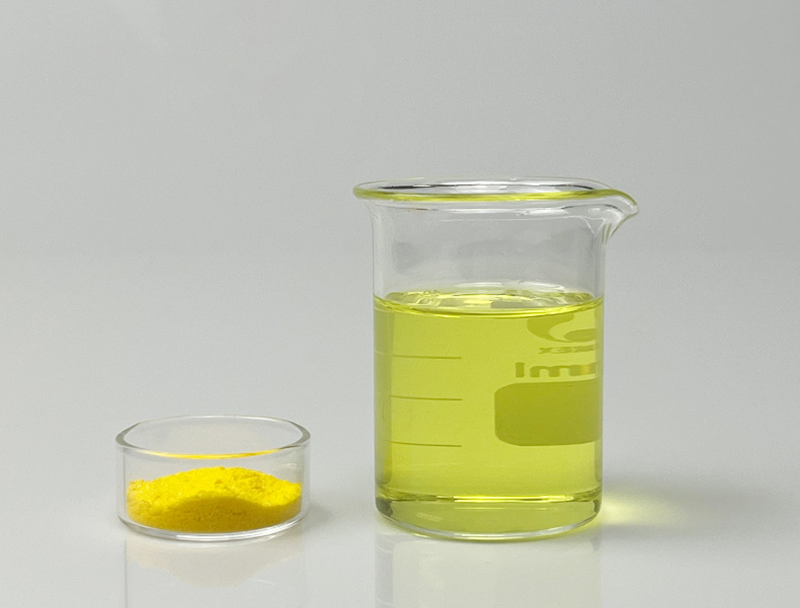
Genetic Engineering Innovations for Higher Therapeutic Yields
advances in genomic editing tools including CRISPR have transformed therapeutic manufacturing. Through focused genomic edits within host strains, scientists increase expression of desired therapeutic proteins. Such strategies offer promise to create cost-effective, high-efficiency therapeutics across many disease areas.
Using Microbial Systems for Site-Specific Remediation
promising microbial strategies enabling effective environmental cleanup and restoration. Specialized microbes can enzymatically degrade pollutants to reduced-toxicity products.. Tapping into these capabilities enables green remediation tactics to restore ecosystems affected by industrial contamination.. Scientists are actively exploring a wide range of microbial species with diverse metabolic capabilities to target various pollutants, including heavy metals, pesticides, oil spills.. Microbial cultures can function in contained bioreactors or be deployed onsite to facilitate biodegradative remediation..
The use of microbial biotechnology in bioremediation offers several advantages over conventional methods. This route is often more affordable and reduces the formation of toxic residues. Moreover, microbes can be tailored to address specific pollutants with minimal impact on non-target organisms. The field is rapidly refining methods to make microbial remediation more efficient and broadly effective.
Bioinformatics Tools Transforming Drug R&D
Bioinformatics techniques are integral to present-day therapeutic development workflows. By integrating diverse datasets, bioinformatics enhances candidate identification and therapeutic optimization.
- By analyzing vast datasets of genomic, proteomic, and clinical data, bioinformaticians can uncover novel drug targets and predict the activity of potential therapeutics.
- Moreover, bioinformatics contributes to drug design by simulating the interactions between drugs and their targets, ultimately leading to the development of more effective drugs.
- To conclude, computational approaches are revolutionizing discovery and reducing time-to-patient for effective drugs.
Cell Factory Optimization for Higher Bioproduct Output
integrates multiple methods to augment cellular production of target bioproducts. Strategies involve pathway refactoring by genetic modification, expression modulation for balanced flux, and grafting of novel genes to add capacity.. Through strategic metabolic edits practitioners can markedly increase the synthesis of target products.
This multifaceted approach has the potential to revolutionize a broad range of industries, including biopharmaceuticals, agriculture, and bioenergy.
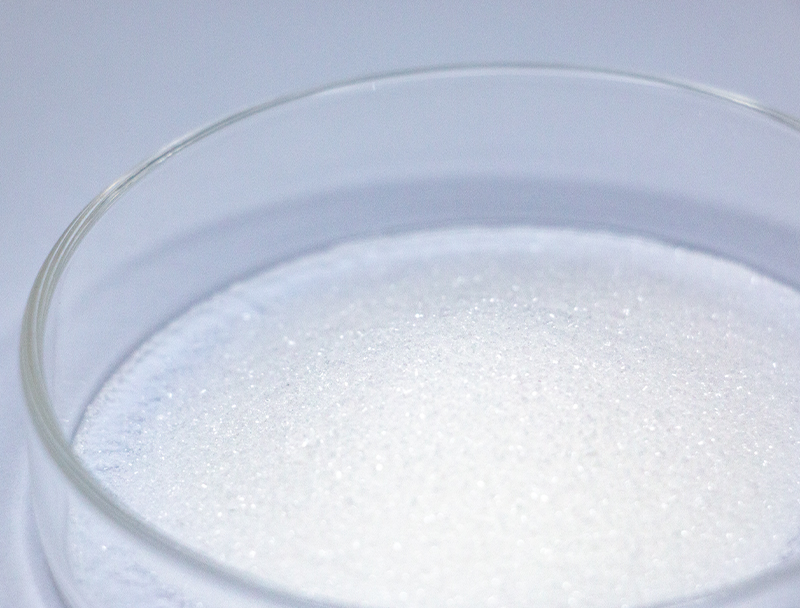
Barriers and Benefits When Expanding Biopharmaceutical Manufacturing
Commercializing biopharma production involves significant constraints and promising benefits. One major challenge is maintaining consistent product quality at increased scales. Solving it involves resilient control frameworks, high-resolution monitoring, and modern analytical tools.
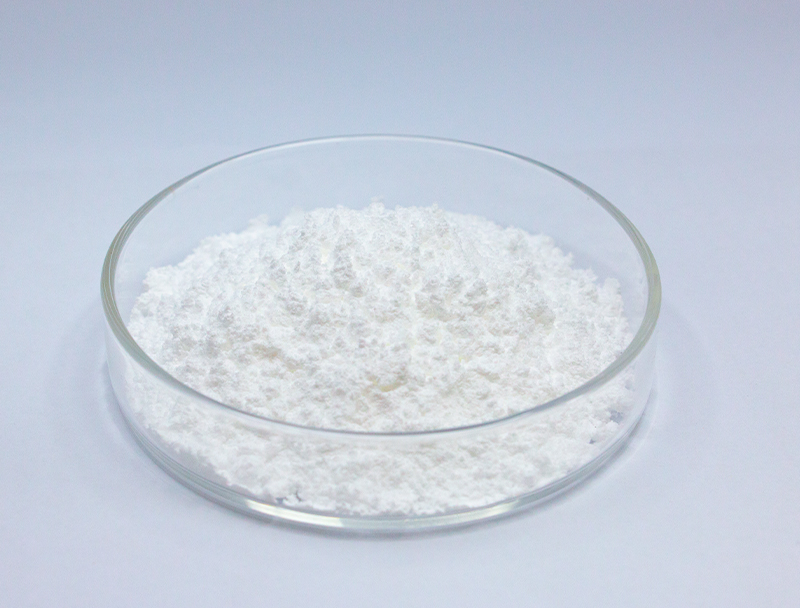
One issue is the complexity of biopharmaceutical manufacturing processes, which often involve multiple steps.. Transforming bench processes into industrial practice requires sustained research and engineering innovation. Nevertheless, the upside can be significant. Successful industrialization can broaden availability, trim costs, and raise profitability.
Different initiatives are progressing to solve scale-up constraints. Initiatives involve optimization platforms, high-resolution analytics for process control, and novel manufacturing frameworks.
- Developmental projects contribute critically to scaling manufacturing competency.
- Oversight institutions are updating guidelines to ease approval of manufacturing advances and catalyze innovation.
Regulatory Strategies for Biopharma Compliance and Patient Protection
Producing biopharmaceuticals demands comprehensive oversight to guarantee safety and clinical effectiveness. Biologic therapeutics bring unique regulatory and manufacturing demands unlike traditional pharmaceuticals.
Regulators such as the FDA and EMA define authorization pathways and quality standards for new biologic medicines..
Rigorous testing protocols are mandatory throughout the development lifecycle, from pre-clinical L-arginine-α-ketoglutaric acid research to post-market surveillance.. Those requirements help reveal risks and confirm that biologics satisfy stringent safety criteria..
Moreover, oversight agencies continually refine approaches to align with accelerating scientific progress in therapeutics.. Actions include accepting new technologies and streamlining development channels while safeguarding patient health.
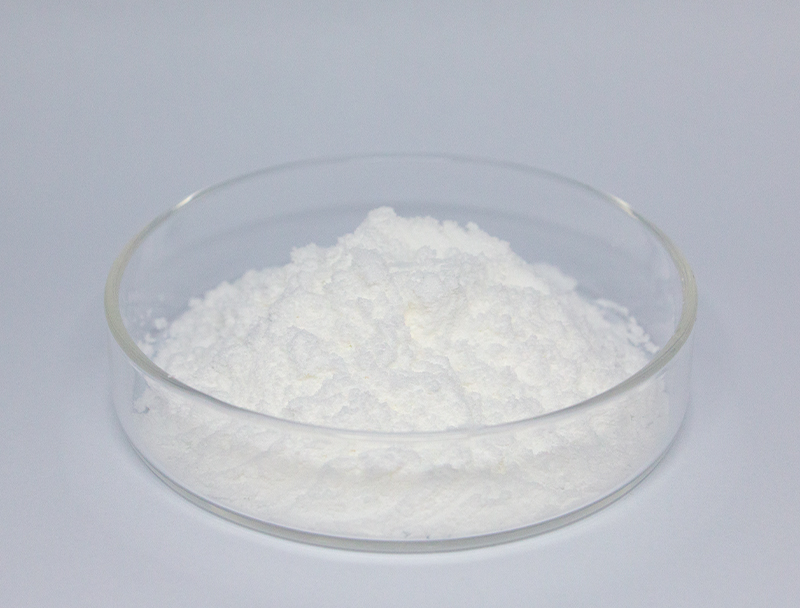
Plant-Based Biomass Options for Bioplastic Manufacturing
The trend toward sustainability stimulates development of renewable material technologies. Plant-origin feedstocks converted into bioplastics create promising opportunities for eco-friendly materials. Sources like cornstarch, cellulose fibers, and sugarcane biomass can transform into compostable plastics that decompose and reduce pollution.
Likewise, some plant-derived plastics perform similarly to petroleum-based materials for a variety of uses.. Further innovation is required to mature plant-based bioplastics for broad adoption and circular economic models.
Biotechnology's Impact on Global Health and Food Security
Biotechnology equips researchers with methods to tackle health crises and bolster food availability. Through advancements in genetic engineering, synthetic biology, and cell therapies, biotechnologists are developing innovative solutions to combat infectious diseases, improve crop yields, and enhance nutritional value.. One example is bioengineered crops that withstand pests and stressors, enabling higher yields with less pesticide input.. Concurrently, biotechnology drives development of immunotherapies, antibiotics, and diagnostics that play a key role in controlling diseases and improving health metrics. As the field evolves, biotechnology is expected to play a pivotal role in shaping a healthier and environmentally sustainable future for all.
